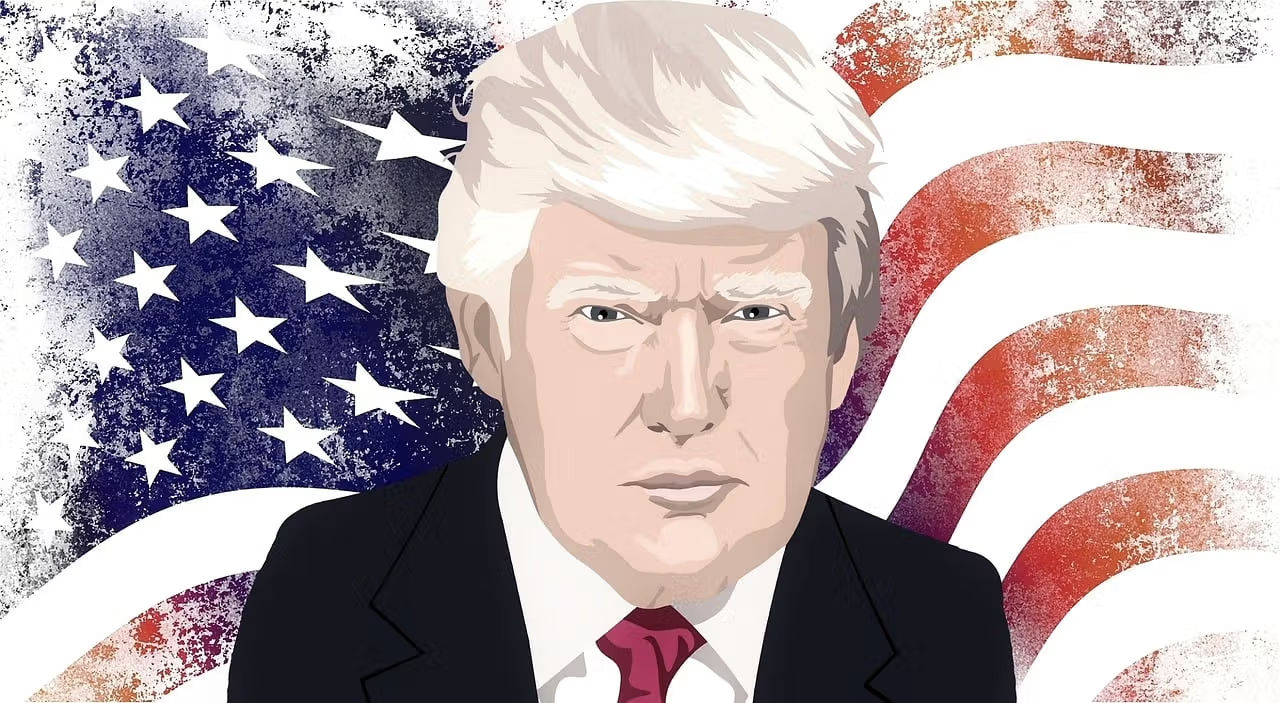BlackRock ETFs Increase MicroStrategy’s exposure
Introduction
Recently, it has been reported that 82 ETFs have acquired MicroStrategy shares, indicating a growing interest in the company within the ETF market. The iShares Russell 2000 ETF (IWM) holds the largest position, with 362,846 shares, showing a significant increase of 12.02% from the previous reporting period. The second largest holder is the iShares Russell 2000 Growth ETF (IWO), which owns 129,094 shares reflecting a 19.23% increase.
Implications
This increased exposure of MicroStrategy in BlackRock ETFs suggests that more investors are looking to diversify their portfolios and capitalize on the potential growth of the company. MicroStrategy has been making headlines in the fintech industry due to its strategic moves in the world of cryptocurrency and blockchain technology. This has caught the attention of institutional investors like BlackRock, who are now including the company in their ETF holdings.
MicroStrategy’s focus on digital assets, particularly Bitcoin, has been both praised and criticized by industry experts. The company’s CEO, Michael Saylor, has been vocal about his belief in the long-term potential of Bitcoin as a store of value. This has attracted like-minded investors who see MicroStrategy as a way to gain exposure to the growing cryptocurrency market without directly holding digital assets.
How it will affect me?
For individual investors, the increased exposure of MicroStrategy in BlackRock ETFs could present an opportunity to indirectly invest in the cryptocurrency market through a well-established financial instrument. By purchasing shares of ETFs that hold MicroStrategy, investors can potentially benefit from the company’s success in the digital asset space without having to navigate the complexities of buying and storing cryptocurrencies themselves.
How it will affect the world?
On a larger scale, the growing interest in MicroStrategy within BlackRock ETFs reflects the mainstream acceptance and integration of digital assets into traditional financial markets. As more institutional investors incorporate companies like MicroStrategy into their portfolios, the legitimacy of cryptocurrency as a viable investment option continues to grow. This could pave the way for further adoption and innovation in the crypto space, ultimately reshaping the way we perceive and interact with financial technologies.
Conclusion
In conclusion, the increased exposure of MicroStrategy in BlackRock ETFs signifies a shift in the financial landscape towards embracing digital assets. This trend not only offers new investment opportunities for individuals but also signals a broader acceptance of cryptocurrency within the traditional financial sector. As the fintech industry continues to evolve, it will be interesting to see how companies like MicroStrategy shape the future of finance.





